Even casual baseball fans can name the greats who took the mound over the century-plus years we now have of baseball history. Cy Young, of course. Tom Seaver. Lefty Grove. That incredible group from the 1990s, including Greg Maddux, Randy Johnson, Pedro Martinez and Roger Clemens.
Tom Seaver MLB Career and Early Life
But when looking at the pitchers who made the biggest difference for their teams using modern statistical measures, some names in the Top 25 jump out for a different reason: no one really talks about them, anymore.
There’s a reason for that, of course. These guys took the mound in the late 19th and early 20th century, some during the Dead Ball Era. But that doesn’t make them any less impressive. Clearly, there should be more Pud Galvin and Kid Nichols references in the baseball world.
The WAR Statistical Measure
The five pitchers listed below all rank among the Top 25 players of all time in terms of Wins Against Replacement. This modern measurement of a player’s value is expressed with a single number. That number represents the amount of wins the player added to his team above what an average replacement player would have done. For pitchers, it also takes into account the defense they had behind them and how they pitched in high leverage situations.
It’s a handy statistical tool. And in applying it to every pitcher in baseball history, Baseball Reference produced a list of the best of all time. Most are familiar names. These five likely are not, at least to the average fan. All of them are members of the Baseball Hall of Fame.
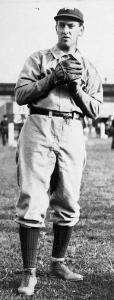
Kid Nichols
Kid Nichols
The son of a butcher and grocery store owner, Kid Nichols was born Sept. 14, 1869 in Madison, Wisc., as Charles Augustus Nichols. He pitched in Major League Baseball from 1980 to 1906, most of them with the Boston Beaneaters. He pitched over 400 innings in five of those seasons. He led the league in wins from 1896-98, and he won more than 25 games in nine seasons. He won 362 games and was never replaced by a relief pitcher.
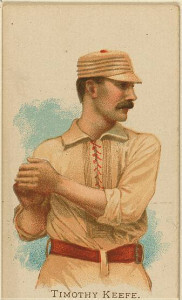
Tim Keefe
Tim Keefe
The son of an Irish immigrant, Keefe was born Jan. 1, 1857 in Cambridge, Mass. He dominated teams during his major league career from 1880 to 1893. He pitched for the New York Metropolitans in the American Association and the New York Giants from 1885 to 1891. Keefe won 342 games over his career, including 42 in 1886. He also had an ERA below 2.00 in three seasons. After retirement, he became a pitching coach at Harvard and a major league umpire.
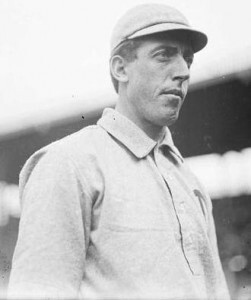
Eddie Plank
Eddie Plank
Born Edward Stewart Plank on Aug. 31, 1875, Plank grew up on a farm outside Gettysburg, Penn. The southpaw pitched from 1901 to 1917 in the majors, almost all of them with the Philadelphia Athletics in the upstart American League. He won 326 games in his career. Plank was remarkably consistent, winning 21 games in 1915, just two years before he retired. He never won more than 25 games but had more than 20 wins eight times (and 19 wins two times).

John Clarkson
John Clarkson
Clarkson, born July 1, 1861, in Cambridge, Mass., is known for his incredible stamina on the mound – and his 328 victories. He pitched in the majors from 1882 to 1894, spending significant time with the Chicago White Stockings, Boston Beaneaters and Cleveland Spiders. Clarkson pitched more than 600 innings twice: 623 in 1885 and 620 in 1889. He also pitched 523 in 1887. His win totals are equally astounding. Clarkson won 53 games in 1885 and 49 games in 1889.
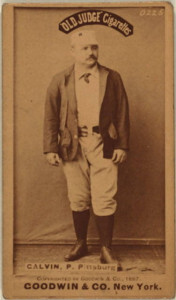
Pud Galvin
Pud Galvin
Born James Galvin on Christmas Day in 1856, Galvin was an Irish immigrant who grew up in St, Louis. He pitched in the majors from 1875 to 1892, most of them with the Buffalo Bisons and the Pittsburgh Alleghenys. He was known for his small size, amiable demeanor and wicked stuff that could turn a hitter “into pudding” (hence the nickname). He pitched 72 complete games in 1883. He won 46 games in both 1883 and 1884. For his career, he won 365 games, placing him 5th on the all-time wins list. His 6,003 innings pitched and 646 complete games are second only to Cy Young.
If you recognize the name, it might be from a 2006 NPR story that named Galvin the first player to ever use a performance-enhancing substance – an elixir that contained monkey testosterone. He reportedly used it once before a game in 1889, near the end of his career.
All five of these pitchers are worth knowing for fans of the game. They each played a career that made them Hall of Fame worthy. As the game moves deeper into its third century, it’s good to still remember the greats of the past.

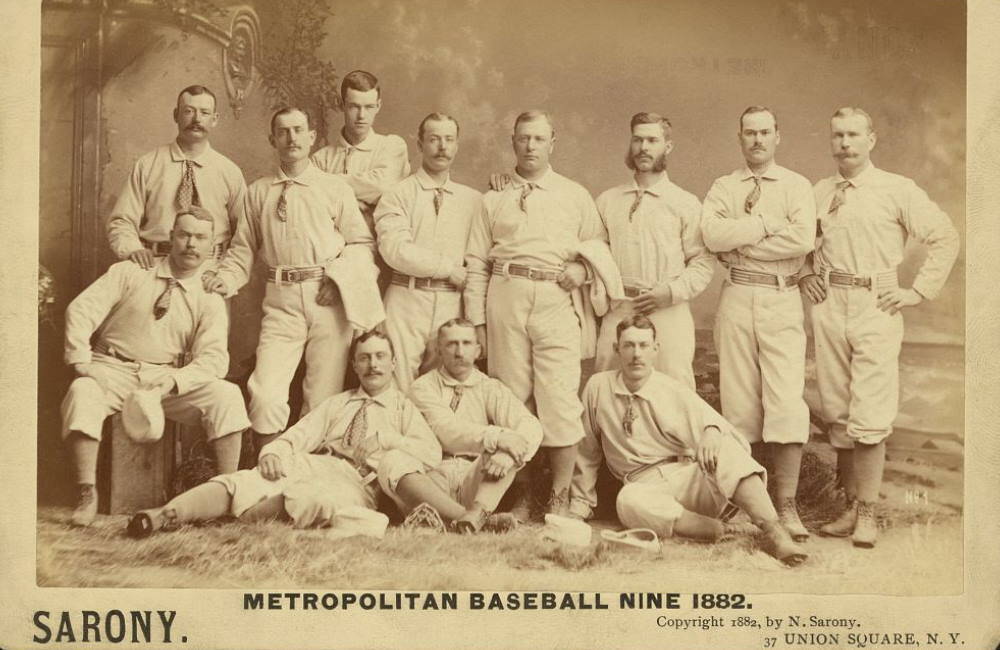
Leave A Comment